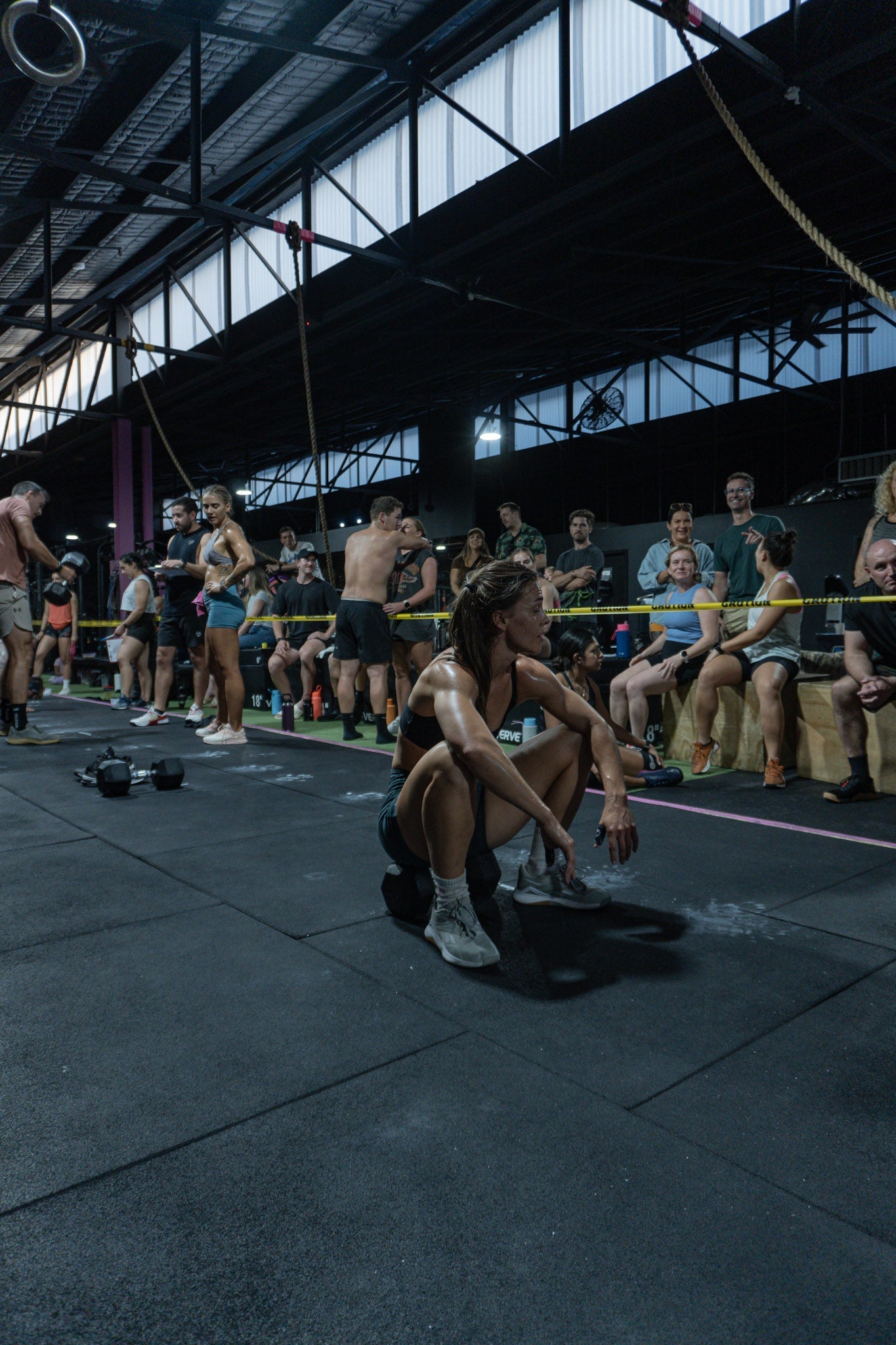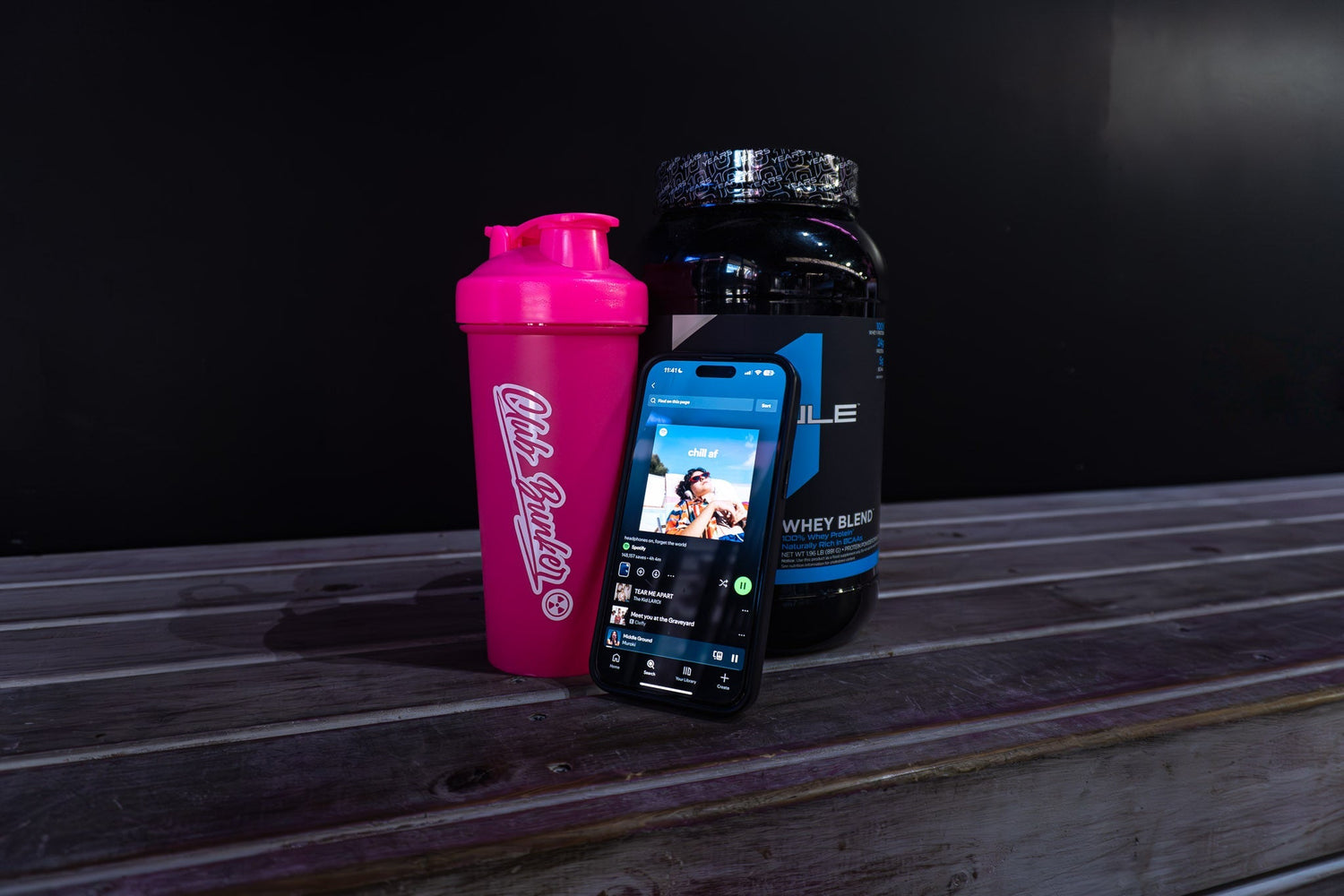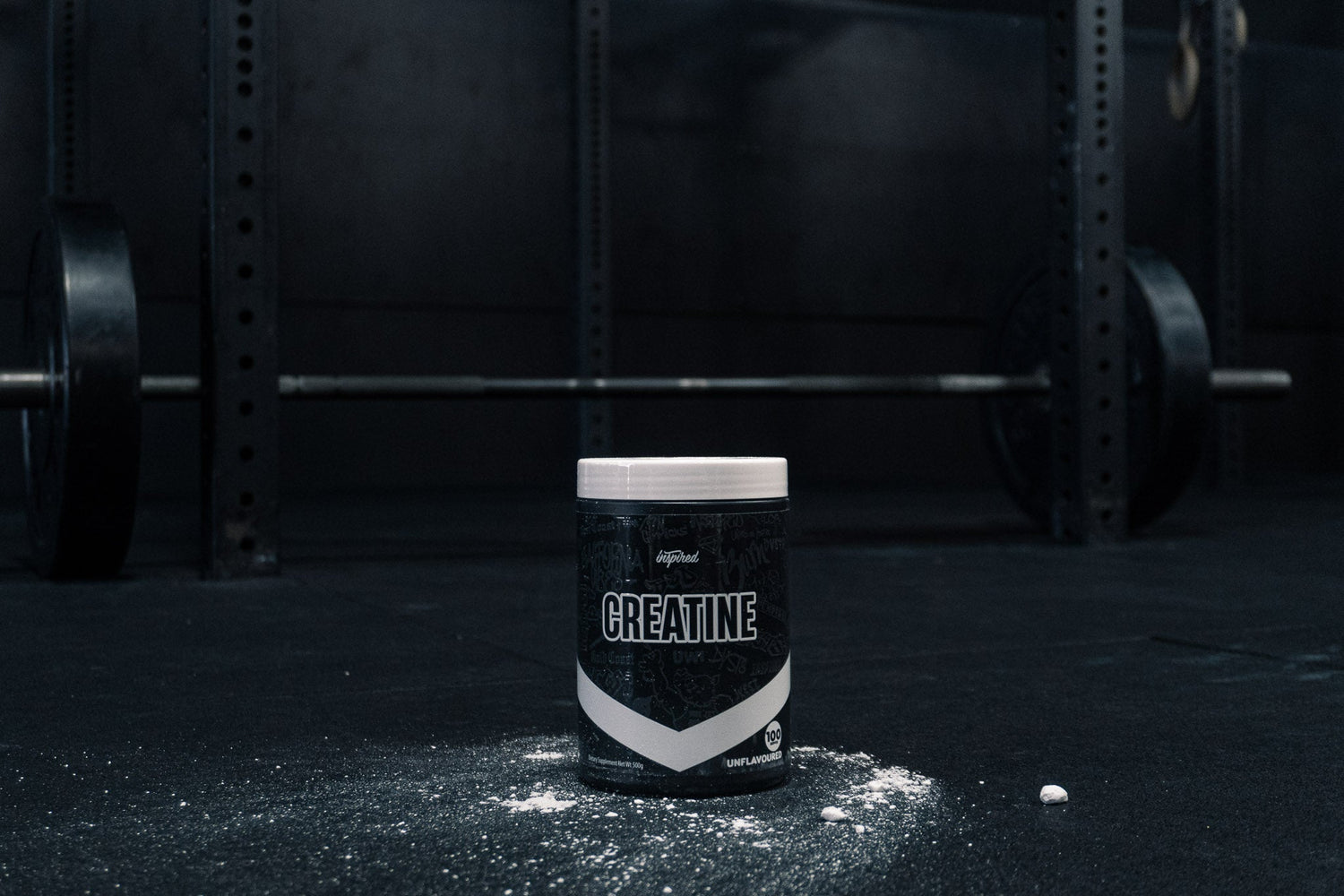Active Recovery vs. Total Rest: What's Better?
You’ve crushed your training this week — now comes the big question: Do you rest, or do you move?
At Club Bunker, we hear this all the time. Let’s settle the debate: active recovery vs. total rest — which one’s better for recovery and performance?
What Is Active Recovery?
Active recovery is any low-intensity movement that promotes circulation without adding strain:
This can include both bodyweight movements and tools like:
-
Resistance bands (great for light mobility drills and activation)
-
Foam rollers or massage balls (for trigger point release)
-
Light dumbbells for controlled movement work
-
Walking
-
Swimming
-
Mobility/stretch sessions
-
Low-resistance cycling
Goal: Boost blood flow to sore muscles, aid nutrient delivery, and accelerate repair.
What Is Total Rest?
Total rest means doing nothing physical — no workouts, no long walks, no structured movement. Just sleep, relax, and recharge.
Goal: Maximise systemic recovery (joints, CNS, inflammation).
Which One’s Better?
The truth is: it depends.
Choose Active Recovery if:
-
You're sore but not injured
-
You’re trying to reduce DOMS
-
You’re in a high-frequency program (5+ sessions/week)
Choose Total Rest if:
-
You’re dealing with injury or fatigue
-
You didn’t sleep well
-
Your HRV or energy is extremely low
What About Supplements on Rest Days?
Great recovery doesn’t stop when you’re not training.
✅ Keep taking:
And keep hydrated! Make sure you're drinking enough water. If you're struggling, you can always add in a Hydration supplement. (Psst; you can freeze these in the summer for an icy pole, yum!)
Consistency = progress.
What Gear Can Help?
Active recovery doesn't require fancy equipment — but the right tools can make it more effective and consistent.
✅ Try adding to your setup:
-
Resistance Bands for mobility and activation
-
Foam rollers or lacrosse balls for self-myofascial release
-
A basic yoga mat for floor-based movement or stretching
These keep your body moving without strain — and support smarter rest days.
Final Thoughts
You don’t always have to choose.
-
Active recovery = low-effort, high-reward
-
Total rest = essential when your body needs it
Listen to your body. Prioritise recovery. Train smart.





